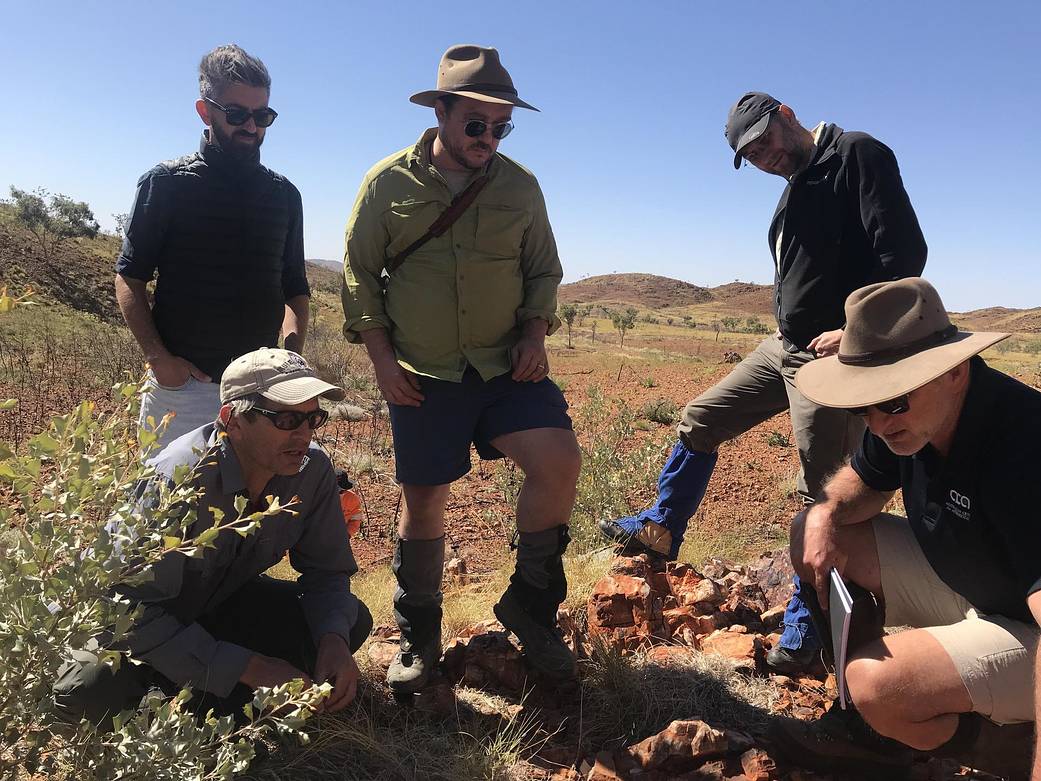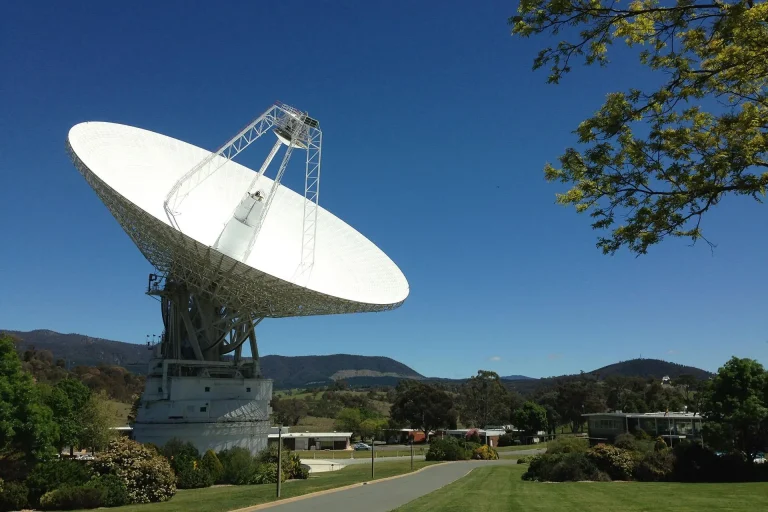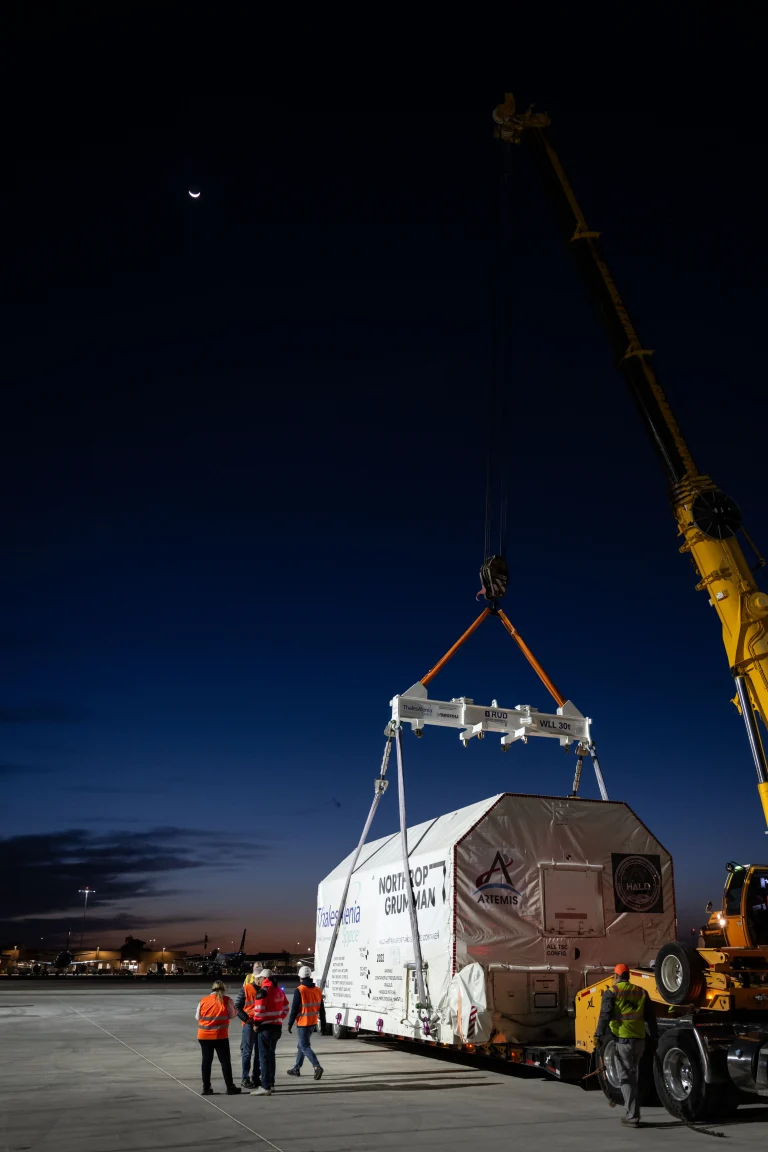In late August 2019, scientists from NASA’s upcoming Mars 2020 mission joined their counterparts from the joint European-Russian ExoMars mission in an expedition to the Australian Outback, one of the most remote, arid regions on the planet. Both teams came to hone their research techniques before their missions launch to the Red Planet next summer in search of signs of past life on Mars.
The researchers know that any proof of past life on Mars will more than likely be almost microscopic in size. That’s where the Pilbara region of North West Australia comes in.
According to Mars 2020 project scientist Ken Farley: “The Pilbara Outback is home to the oldest confirmed fossilized lifeforms on Earth, called stromatolites. If we can better understand how these fossils came to be here — and the nearby geological signposts that help point the way to them — we’ll be that much more prepared when hunting for signs of life on Mars.”
Image Credit: NASA/JPL-Caltech
202019年8月下旬,来自美国国家航空和宇宙航行局(NASA)火星2020任务的科学家们与欧洲和俄罗斯的ExoMars联合任务的科学家们一起前往澳大利亚内陆,这是地球上最偏远的干旱地区之一。为了寻找火星上曾经存在过生命的迹象,这两个团队在明年夏天发射火星探测任务之前,一直在完善他们的研究技术。
研究人员知道,任何证明火星上曾经存在生命的证据都很可能是微小的。这就是他们去西澳西澳皮尔巴拉地区的原因。
“火星2020”项目科学家肯·法利说:“皮尔巴拉地区是地球上最古老的化石生命形式的家园,它们被称为叠层石。如果我们能更好地了解这些化石是如何来到这里的,以及附近的地质路标,帮助我们找到它们的踪迹,我们在寻找火星上的生命迹象时就会有更充分的准备。”
图片来源:NASA/JPL-Caltech







